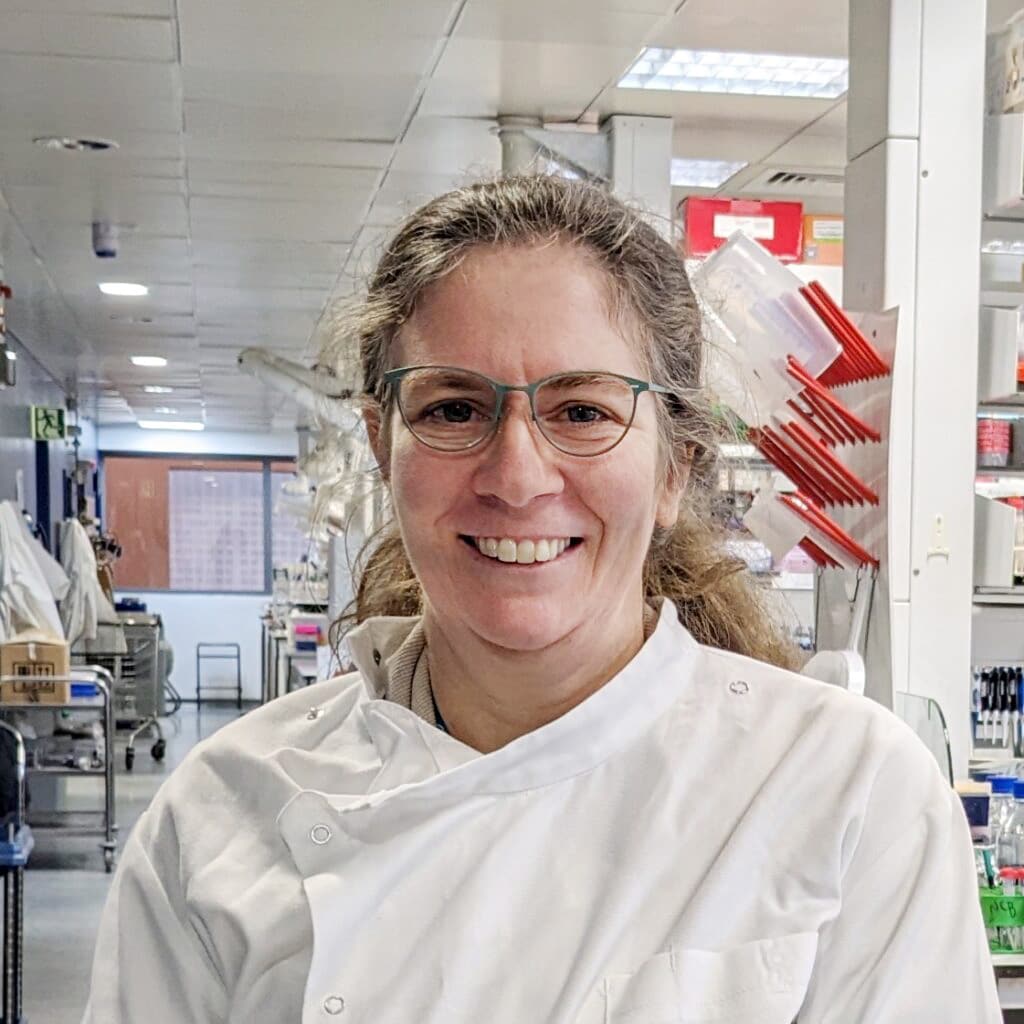Hightlights
- NC State scientists explore using phytomining to extract rare earth minerals.
- Pokeweed shows potential in absorbing rare earth elements from waste.
- Collaborations aim to develop carbon-friendly extraction methods.
Colleen Doherty, PhD (opens in a new tab), a molecular and biochemistry professor in the Department of Molecular and Structural Biochemistry (opens in a new tab) at NC State University, knows a lot about plants’ amazing properties and sensitivities and believe it or not this has opened up a potential creative, disruptive way to access rare earth minerals. The academic scientist spends a good deal of time exploring how plants interact with the environment, ranging from climate and weather to the time of day. This interest led to grants and her investigation into the phytomining, properties of pokeweed. Phytomining, also known as agromining, is a method of extracting metals from the soil using plants. It’s considered a more environmentally friendly alternative to traditional mining methods. And it turns out that there are actually good sources of rare earth elements in North Carolina, West Virginia and Virginia in the Appalachian region of the United States. Waste streams like coal fly ash, a fine, powdery material created when coal is burned in a coal-fired boiler, as well as acid mine drainage are enriched with rare earth elements. The U.S. produces enough coal waste every year to meet the current domestic rare earth element needs just from the fly ash according to this provocative but intriguing hypothesis. However, these sites can be very geographically dispersed with small sites spread throughout the state.
Thus, setting the stage for a plant-based solution because with plants there is no need to establish a whole refinery at each location. Plants can be one part of an economic solution to recover rare earth elements. Thus, the goal of Professor Doherty and colleagues, to use the demand for rare earth elements to support cleaning up these waste streams.
In a recent entry NC State University CALS News (opens in a new tab) entry, Amanda Kerr introduces Doherty to the world; and her work which was initially inspired by the Defense Advanced Research Projects Agency (opens in a new tab) (DARPA), which develops new technologies for the military.
Professor Doherty informed the NC State University writer that her lab focused on rare earth minerals because of the potentially unique role of plants in their recovery and their economic importance.
It turns out that rare earth elements can have a key role in modern technology, including batteries and tech for airplanes to offshore wind systems. Professor Doherty reports that DARPA’s support and guidance was what got this project past the initial exploratory phase.
Apparently, Pokeweed takes in rare earth elements, it’s native to this area, and has been reported to grow in areas that are enriched in coal fly ash. It’s a hardy plant that grows in challenging environments where other plants struggle to grow. And the team did a test, this revealed that pokeweed can most certainly take up rare earth minerals and it can take it up out of these waste streams.
Learn more about this fascinating topic by following the link to read up on Professor Doherty’s research.
Importantly the NC State University commenced a collaboration with Virginia Tech (opens in a new tab). Engaging to discuss cleaner ways to get the minerals from the pokeweed, this has led to a dynamic relationship between Doherty and Wencai Zhang (opens in a new tab) at Virginia Tech.
So, the current way to get them out is to just burn them, which defeats the point of trying to be carbon-negative or at the very least carbon-neutral. So, if we’re just ashing them, that’s not optimal, reports Doherty.
Seeking to optimize the process, it turns out that these plants possess valuable things like nitrogen phosphate. Some of them have potentially valuable compounds for co-extraction. That’s where Wencai Zhang comes in as he is working on extraction methods to try to recover the rare earth elements in a carbon-friendly manner while also recovering other compounds, such as phosphate or nitrogen, for fertilizers.
We cannot forget the importance of detection of rare earth elements. And this is where Mike Kudenov in the College of Engineering at NC State’s University comes in. Now collaborating with Doherty and the others, Mike Kudenov (opens in a new tab) is working on ways to detect the rare earth elements so as to be able to see them in plants.
And so, going back to that point that we need better basic biology of what’s going on, one of the questions is where are the elements going in the plants and does the environment affect where they’re going? Does the time-of-day matter? Are these influencing where they’re going in the plant at a tissue level, like leaf versus stem? Also, at the subcellular level, are they going in the nucleus or the vacuole? Dr. Kudenov is developing instruments and techniques that are really helping us answer these basic but essential questions. And that goes back to helping us understand what’s going on with basic biology.
Another main focus in my lab right now is trying to zero in on these plants that have really high rare element uptake and looking at if we could try to optimize the uptake of pokeweed itself.
All fascinating stuff. While not perhaps imminent, a series of breakthroughs could make phytomining a highly disruptive, game-changing approach to upend rare earth mineral supply chains.


Daniel
You Might Also Like…